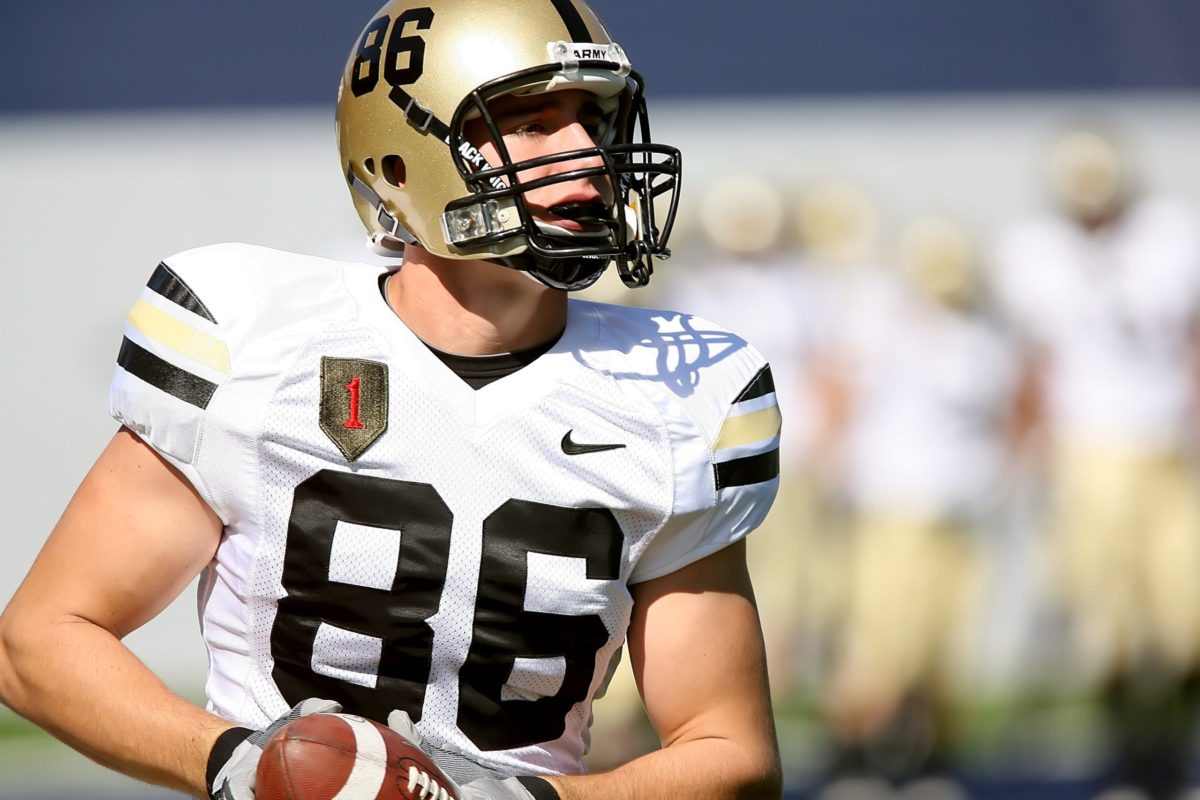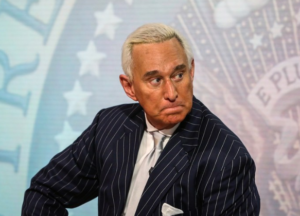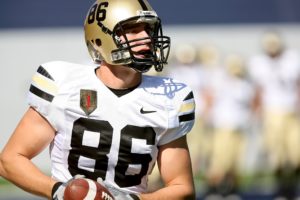SACRAMENTO, Calif., July 1, 2021 /PRNewswire/ — Fred Penney, managing partner of Penney and Associates attorney’s, weighs in on the United States Supreme Court case National Collegiate Athletic Association v. Alston et al.,. https://www.penneylawyers.com/locations/sacramento/ . The case was decided on June 21, 2021, and concerns whether college athletes can receive compensation or equivalent for educational purposes. In other words, can the National Collegiate Athletic Association (herein after NCAA) place limits on educational benefits for student athletes? Though there was no direct ruling by the courts on whether student athletes could be directly paid for playing a sport, in my opinion the Supreme Court dropped several important hints that the NCAA and colleges need to make sure that student-athletes benefit from the substantial profits that have until now not been afforded to the student-athletes.
HISTORY
For years, the NCAA has had strict rules concerning all payments to college athletes for playing a particular sport. The rules are strict, and the NCAA takes any violations serious, working hard to make sure that athletes, colleges, and coaches are disciplined if any rules are broken. These regulations and rules include what type of educational benefits athletes can receive for playing sports for their respective colleges. Having a child that received a NCAA division one scholarship in swimming I was able to see firsthand the restrictions on the athletes concerning what benefits or compensation they were and were not allowed to receive. There have been complaints from student-athletes throughout the United States that colleges and the NCAA were making a substantial amount of money off college sports and the athletes were being paid little or no money. The argument has been that the colleges, leaders, coaches, and the NCAA itself were becoming wealthy off the backs of the student-athletes. This was especially true with Football and Basketball. Every college is different, and some colleges do not make money on their sports programs while others make millions. This begs the question, how much if any of that money that the colleges and the NCAA make should go to the athletes? As an attorney I have represented college and NFL football players in many aspects of their lives including sports related issues. I have seen firsthand athletes that damage their bodies for the sake of their school while receiving little or no compensation. Yes, tuition and books and some basic needs for the athletes are covered by the colleges, but the athletes are not allowed to receive money outside the basic living expenses. Athletes on many occasions have difficulty paying their bills month to month while still putting everything out there for their school. This is especially true for football and basketball players who play a sport that usually brings in a substantial amount of money for their school.
Representing athletes across the nation, Shawne Alston brought a lawsuit requesting an injunction against the NCAA before Judge Claudia Wilken of the Northern District Federal Court. The injunction requested by the plaintiff alleged that the NCAA’s rules violated section one of the Sherman Act, which generally prohibits the restraint of trade or commerce. The NCAA has for years limited the amount of compensation a student athlete could receive for playing a particular sport. The NCAA was able to set limits on the compensation (whether cash or in kind). This compensation included limitations on education-related benefits afforded to student athletes. After hearing arguments for both sides, Judge Wilken found that it was unlawful under the Sherman Act to limit the education-related benefits schools would be allowed to offer student-athletes. The court placed an injunction on the NCAA making it illegal for them to place restrictions on the education-related compensation afforded to the student-athletes. The judge really did not get into the issues of using an athlete’s identity and actual cash payments outside the educational use, but the ruling might be able to be applied under the same standard set by the court. The Ninth Circuit Court of Appeals upheld the lower court’s ruling. On June 21, 2021, the United States Supreme Court took the case and voted 9-0 upholding the lower court’s decision. https://www.supremecourt.gov/opinions/20pdf/20-512_gfbh.pdf .
STATISTICS ON MONEY FOR COLLEGES AND THE NCAA
There are several statistics one can review to determine the income that the NCAA and colleges are receiving from sports. It is noticeably clear to me that Football and Basketball are the biggest money generators at most schools. Some schools do not make much money from any sport, but in this article, we will focus on division one colleges. To keep things simple and to make my point, I will only focus on college football programs.
Financial data on this issue is available through the U.S. Department of Education through the Equity in Athletics Disclosure Act. This act requires colleges to disclose monies made on college sports to find out what the gross revenue colleges receive from their various sports programs. Footballscoop obtained these records and found that according to the U.S. Department of Education for the Fiscal Year 2018 through June 30, 2019, the University of Texas grossed 156 million dollars from their football program. Nationwide, Texas was at the top of the charts for gross income earned for a college football program. This income comes from various avenues such as television, radio, ticket sales, apparel sales etc. Of the Power Five football schools the lowest amount of gross income earned was Boston College at 32.3 million dollars per year for its football program. Even the colleges at the bottom of the income ladder earn a substantial amount of money from their football program. https://footballscoop.com/news/the-highest-grossing-football-programs-in-college-football-are . The top college football coach’s salary is that of Alabama’s Nick Saban who makes just over 9 million dollars per year. https://sports.usatoday.com/ncaa/salaries/ . The highest paid athletic director is Vanderbilt’s David Williams making more than 3.2 million dollars per year. https://www.businessinsider.in/sports/the-20-highest-paid-athletic-directors-in-college-sports/slidelist/21279839.cms#:~:text=%231%20David%20Williams%2C%20Vanderbilt%20%E2%80%94%20%243%2C239%2C678 .
Using college football as an example; there are certain NCAA rules that need to be followed when it comes to a college covering certain expenses for their athletes. I know of one specific college that covered the student-athlete’s books and tuition and just paid the football student athlete $1,500 a month to cover their healthcare, housing, food, and any other expenses such as a car payment, gas, sundry items etc. I have argued at times, and especially on my radio show, that student-athletes do not receive enough compensation for all the pain and suffering they go through while playing a sport for their college. https://radiolawtalk.com/ . Many of these athletes will suffer life-long injuries for free college tuition and a few years of basic living expenses. Is that fair? No.
Given the above many argue that a student-athlete may make up their financial loss or lack of financial gain when they become professional athletes. Looking at football alone, the odds of a student- athlete making it as a professional in their respective sport is minimal at best. According to a 2020 report by the NCAA only 1.6% of student-athletes that play Division I college football will be drafted into the NFL. Some do go undrafted and end up playing in the NFL, but we must take into consideration that there are several drafted NFL players that do not make the team. https://www.ncaa.org/about/resources/research/estimated-probability-competing-professional-athletics . What does this mean? The 1.6% that do make it to the NFL do not always make the NFL team that drafted them. It is not over once a player is drafted. The former student-athlete must work hard and make the team and it is exceedingly difficult especially for those drafted in the later sixth and seventh round.
Once a former college athlete beats the 1.6% odds and makes the NFL team, there are still two tiers of making the team. The first tier is making the fifty-three-man roster and the second tier is making the 16-man practice squad roster if you are not chosen as one of the fifty-three players. The second-tier practice squad team member does not make very much money. A practice squad member is not allowed to play in any games, not allowed to dress for any games and is basically waiting to be moved up to the fifty-three-man main team. As of 2020 a practice squad player is grouped into those who have played in the NFL for two years or less and the other group consisting of what they call veteran players that have been in the NFL three years or more. The fixed weekly salary for a non-veteran player is $8,400 per week for an average of 17 weeks of the NFL regular season schedule. That equates to $142,800 for the season. This money is also not guaranteed as a practice squad member can be released at any time. The Veterans make a little more at $12,000 per week which equates to $204,000 per season. Though this might sound like good money to some, the NFL players must pay for housing (usually more expensive short term as they may be dropped or traded at any time) and all other normal household expenses. The point I am trying to make is once in the NFL only a select few make a substantial amount of money. Thus, it is important for the student-athlete to make some money while in college and not rely on being financially independent as a professional athlete. https://www.sportingnews.com/us/nfl/news/nfl-practice-squad-salary-2020-rules/19kdnd4srtase1osdcuczpyjln .
United States Supreme Court Ruling in NCAA v. Alston.
On June 21, 2021, The United States Supreme Court upheld the lower Federal Court and 9th Circuit Court of Appeals ruling that the NCAA or colleges could not limit “education-related” benefits to student-athletes. What that specifically means nobody knows but the important thing is that the Supreme Court threw the proverbial soft ball out to the NCAA and colleges that some of the Justices may have some issues with limiting what the college student athletes get paid in compensation while the colleges and NCAA make billions of dollars. In a 9-0 decision (which is rare) Judge Gorsuch writing for the majority specifically stated that this is not a free pass for colleges to go out and recruit players and give them Ferraris. They narrowly tailored their ruling to simply uphold Federal Judge Claudia Wilken from Oakland, CA injunction ruling that only applies to the education-related benefits and payments. https://www.supremecourt.gov/opinions/20pdf/20-512_gfbh.pdf .
Some of the more interesting comments were from Justice Brett Kavanaugh who stated that the NCAA is not “above the law.” However, the most compelling statement to the NCAA and colleges is as follows. Justice Kavanaugh stated that the “NCAA and its member colleges are suppressing the pay of student athletes who collectively generate billions of dollars in revenues for colleges every year. Those enormous sums of money flow to seemingly everyone except for student athletes.” I believe this is a hint to those involved to work out some sort of compensation for the student athletes that would be fair and equitable to those athletes who put their bodies out there on the football, basketball, or other sports field to help the colleges and NCAA make money.
As the NCAA and colleges prepare to start changing their policies and rules on compensation for student-athletes, I believe that they need to take a serious look at the hints given to them from the Justices of the United States Supreme Court, their statements and the rare 9-0 ruling. The implications seem clear as to how the Justices might be ruling in the future for student-athletes compensation. Already California and other states have decided to allow student-athletes make money on their likeness as a student athlete. The trend is moving quickly to allowing the student-athlete to receive a reasonable compensation for playing sports while in college. https://leginfo.legislature.ca.gov/faces/billNavClient.xhtml?bill_id=201920200SB206 . Who knows what is next after this, I know I will be talking about this in the future on Radio Law Talk. https://radiolawtalk.com/ .





